#literaturedaily
Explore tagged Tumblr posts
Photo


LEGEND; Marie Lu
#legend#legend marie lu#marie lu#lit edit#booksociety#litloversnet#litedit#dailylit#litsociety#literaturedaily#day wing#daniel altan wing#mine#my edit#q
81 notes
·
View notes
Photo
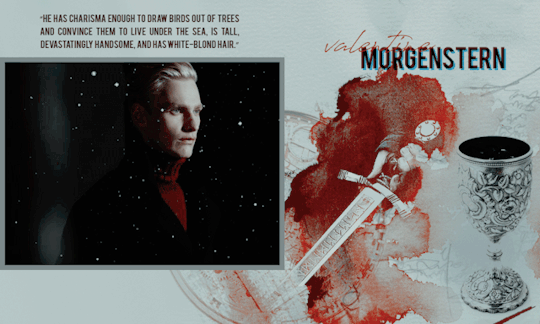
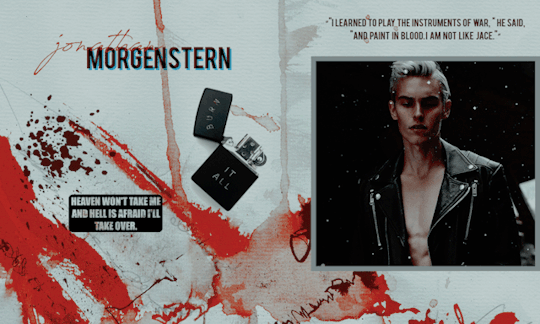
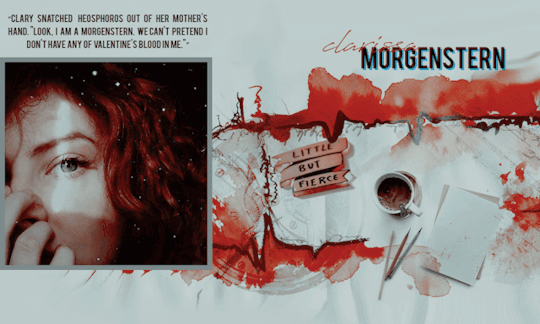
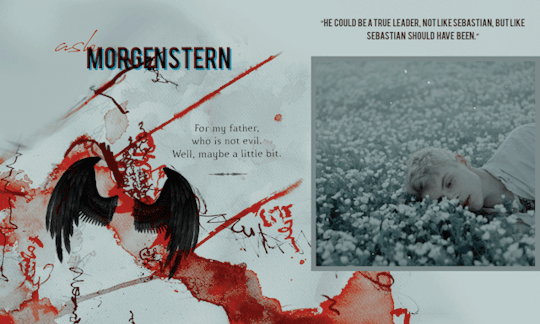
“We are Morgensterns,“ he added, a dark ache in his voice. ” The bright stars of the morning. The children of Lucifer, the most beautiful of all God’s angels. We are so much lovelier when we fall.“
➳ requested by @seelieprince-ash
#i haven't even read qoaad yet#shame on me#but i already love ash#jonathan morgenstern#ash morgenstern#clary fairchild#clary morgenstern#valentine morgenstern#tmiedit#tscedit#tdaedit#the mortal instruments#tscdaily#dailytsc#dailylit#literaturedaily#yalit#fandomaestheticnet#cassandra clare#my edits#sebastian morgenstern#seelieprince-ash
721 notes
·
View notes
Photo
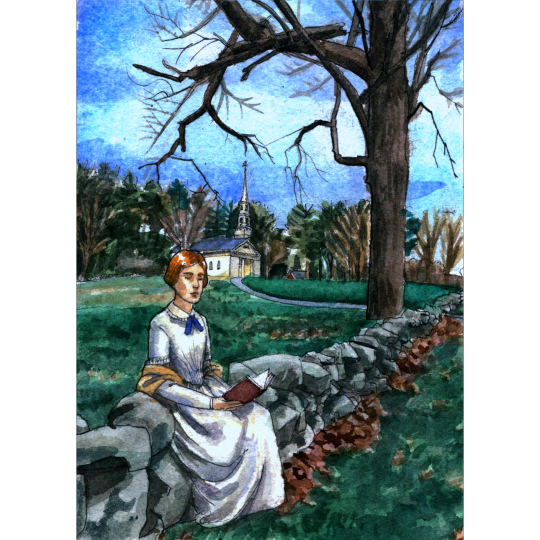
Happy Birthday Emily Dickinson! (Dec 10.) Here’s the postcard I sent to the Postcards to Emily event.
#emily dickinson#new england gothic#litedit#historicwomendaily#booksociety#literaturedaily#postcardstoemily#massachusetts#new england folk art#classic literature#watercolor#watercolour#history#victorian#mail art
111 notes
·
View notes
Photo
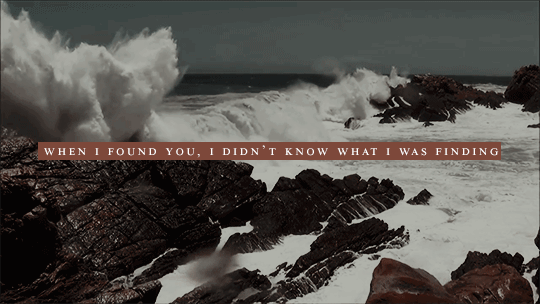

“You know that. You know me better than anyone.” He licked his dry lips.“And when one day people look back on me and what my life meant, i don’t want them to say, ‘Alec Lightwood fought in the Dark War’ or even ‘Alec Lightwood was Consul once.’ I want them to think, ‘Alec Lightwood loved one man so much he changed the world for him.’“
#malec#tdaedit#qoaadedit#nephilimdaily#tscedit#dailylit#literaturedaily#this scene#im dying i swear#alwc is such a babe#how he grew omg#qoaad spoilers#*creations#tda#tsc#alec lightwood#magnus bane
405 notes
·
View notes
Photo

@ravencyclenetwork search: families → the brothers lynch
bitter are the wars between brothers
#i hope this isn't too late i only got access to my laptop last night dsksdbfjaf#ravencyclenetwork#gryewaren#usergansei#literaturedaily#fandomaestheticnet#nhczerny#usersapph#parrishi#userprince#userree#usermish#userhabiba#aly-naith#trc#ronan#declan#matthew#edits#myedits
184 notes
·
View notes
Text
expand your literature friday nº1
Author: Ana María Matute
Notable works: Pequeño Teatro (1954), Luciérnagas, eng. Fireflies (1955), Los Hijos Muertos, eng. The Dead Sons (1958), Olvidado Rey Gudú, eng. Forgotten King Gudú (1996).
Obviously, whole theses and analysis could be written about this amazing writer and her work. There will be loads of thing about Los Abel that I would love you guys to know, but that I can’t just include in a Tumblr post. Hopefully, this will be interesting enough to you!
*WARNING. The book I’m going to be talking about has never been translated, so all the quotes and excerpts below have been translated by me.
So, without further ado, proceed and enjoy!
Brief Introduction
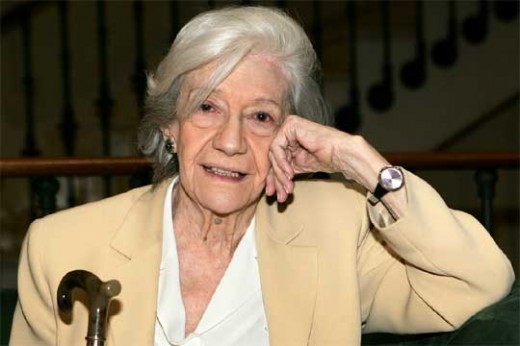
Ana María Matute (1925 - 2014) was a Spanish writer and member of the Real Academia Española, which, summing it up, is the insttution that regulates the Spanish language in Spain. It’s a great honor to be a member of the RAE, and she was the third woman in the history of this institution to be conceded a seat in it. She is considered one of the most personal and raw voices of the 20th century in Spanish literature, and one of the best posguerra (which is the period following the Spanish Civil War) novelists. She wrote novels, short stories, children tales and essays. She was considered in 1976 for the Nobel Literature Prize and won numerous literature prices, among which was the Premio Cervantes, the most prestigious literature prize in the Spanish language.
Matute was a professor at university, and she traveled to many cities to give lectures, especially to the US. In her speeches, she talks about emotional changes, the constant changes of the human being and how innocence is never cmpletely lost. She said that although her body was old, her heart was still young.
Here is a small article by The New York Times, published some days after her death in 2014, that contains some more info about her biography and career.
Style
Matute deals with many political, social and moral aspects of Spain during the post-war period. Her prose is lyrical and practical, and she incorporates techniques associated with modernism and surrealism. However, Matute is considered a realist writer. Many of her books deal with the period of life ranging from childhood to adolescence to adulthood.
Matute uses, as a primary resource, pessimism, which, in her novels, often manifests in the form of alienation, hypocrisy, demoralization and malice. About her work, it is said that although the arguments of each of her novels are independent, they are all united by the general theme of Civil War and the portrait of a society dominated by materialism and self-interest.
Also, during the 1940s in Spain, a new literary aesthetic, which came to be known with the name of tremendismo, was born. The main aesthetic features of tremendismo revolve around the experiences of authors during the Civil War, and the misery and insecurity that were characteristic of post-war Spain. Tremendismo is heavily based on pessimistic, determinist and fatalist philosophies; it shows the darkest aspects of life, such as failure and death, and relates them to existentialism. Protagonists of novels belonging to tremendismo are usually marginal beings from the lowest layers of society, with primitive minds and without spiritual values or sensitivity. They often commit errors that lead them to tragic consequences, but they can’t be blamed because it is society that leads them to act that certain way. In this way, the worst part of human beings, highlited by an unfair society, is shown.
Los Abel
“I have arrived and nobody waits for me, because I have not warned anyone and I do not know anyone. It is difficult to define contours. The town, sunk in the bottom of the valley, is a ghost of violet lividness: like an unfortunate overcrowding of half-ruined hovels.”

Los Abel (1948) was Ana María Matute's first published novel and is, to this day, basically unknown. “Why are you going to talk about a novel that is not even considered her most relevant work?” you may ask. Well, simply because I love it, and it was a major inspiration for both my first poemary and my current WIP, Sunflowers at Night. The publication of this work was considered a literary revelation, a fact that would be confirmed in the successive works presented by its author.
Ana María Matute wrote Los Abel, a work that obtained a brilliant classification in the 1945 Premio Nadal, at the young age of 21. Inspired by the biblical story of Adam and Eve, a reflection of the enviroment after civil strife, it’s the dark story of a family living sad and tormented lives, very few of which escape the climate of anguish and exhaustion. Matute manages to create a tense, passionate and even feral atmosphere.
Plot *(WARNING. Spoilers ahead.)
The story is told in the first person by two different characters. The narrator in chapters I-IV is a young man who returns to a town he visited with his mother when he was a child. In these chapters he remembers his first encounter with the Abel family and then describes the town and the people who live there during his visit. The man rents the old house of the aforementioned family and there he finds the diary of Valba Abel, one of the sisters who lived there. So, the second narrator is Valba, or more precisely, chapters V-XXIX represent her personal diary in which she tells the sad story of her family.
This story takes place in a post-war rural landscape, where the family, formed by the father and his seven children: Oswaldo, Augusto, Tito, Valbanera, Juan Nepomuceno, Octavio and Ovidia — who prefer to be called by the nicknames Aldo, Gus, Tito, Valba, Juan, Tavi and the youngest simply, the Small One — all with very different personalities. Their mother has died and the father tries to maintain the unity of the family, using their land and house for that. However, life in a poor monotonous rural area is not enough for young people who show different abilities and have their own interests. Only the older brother, Aldo, is interested in cultivating the land and continuing with the traditional life of their parents: the other siblings want to escape from the village and live in the city.
After some gray and depressive winters, the children leave, one after the other, the orchard of their father, and move to the city. There they try to start new and different lifes, but their destiny takes them back to the village, where two of the brothers, Aldo and Tito, different as day and night, have such serious problems with each other that the first kills the second.
The protagonist
Valba is the representation of the rare girl, a very common protagonist in female post-war novels, who has a lonely character, looks unfeminine to other women and who is looking for her own identity. But in addition to the features that are typical to the rare girl trope, Matute adds to Valba a kind of darkness and depth. The town doctor describes her with the following words: "What deep eyes: a whole world enclosed within. To tell you the truth, I have never seen a look like that. Only sometimes do beggars in ditches have that look, or the hungry. And she looked like a child, with her indecisive hands. She had wolf teeth, hurtful as little daggers.”
After the death of her mother, Valba has to leave her studies in the city and return home, where she has difficulty finding her place among her brothers. She often feels redundant, without a way out and guilty that she lets her life go by without really living it, repeating phrases like: "I felt ridiculous, useless, small" and "I'm tired of not living." Even though she doesn’t like her sitaution, she doesn’t really try to make it better, thus acquiring a typical property of the protagonists in tremendismo.
The few moments of joy in Valba's diary are related to love or with the hope that she would find love. The romantic story with Galo, an artist in the city, offers hope for a happy ending but becomes a failure that destroys Valba's soul and eliminates her optimism for a better future- She feels indifference towards life: "How many hours still extending before me! It is possible that I will still live for many years; what a great tedium youth is, how a great tedium, a whole life still to be traveled, to drag behind me! " Valba also loses the ability to see love as something pure and beautiful: "I was like the top of a mountain. If I ever loved again, my feeling would drag a chorus of ridicule and parodies."
The violent and extreme situations are typical of tremendismo. In the case of Los Abel it’s not so much about violence as it is about death and intense moments forming a continuous chain during the story. Valba's narrative begins with the death of her mother who leaves her husband and seven children behind, some of them very young, who have to grow up under the harsh guidance of their father. To this event follows the death of the village’s teacher and although no one really cries for him, it is an adversity for the people. Later, Juan gets sick and ends up crippled. Then, when the littlest sister is preparing for her First Communion, the church is burned. A flood follows the fire: the river rises on its banks and threatens to take the house of the Abel with him. But the house, the strongest link in the family, continues in its place, at the foot of the mountains. In these mountains, Valba's father loses his life later on, and this event marks the beginning of the last chapter of the Abel family. Afterwards, there is no unifying force and the brothers who have remained in the village leave their home one after the other.
Matute completes the book with a violent ending. As we mentioned, Aldo, the eldest brother kills Tito, the luckiest brother of the seven. This crime is caused by years of envy and anger that have been growing inside Aldo. When he gets home and sees that Tito, whom his wife loves, is doing successful restructuring in the land of their parents, he can’t tolerate the injustice and shoots him. With this event, Matute uses for the first time the symbol of the Cainism, the known crime of the Bible, very frequent in her later works.
And so, the novel ends with this sublime piece of writing I felt the necessity to share with you guys:
“The two thunderous shots resounded, much more than the whole storm of our flood. The walls trembled and a thousand cries creaked on the stairs. The two bullets sank into that golden flesh, into that chest that always breathed rhythmically. But what revenge was that? What revenge ...? My God, Tito was youth! And I fell to my knees, and with that blood of his that was already sliding between the joints of the mosaics, I wet my face, as if it were a caress.
This is what I read."
And...

I really hope you enjoy reading this as much as I enjoyed writing it! If you guys have any questions, please ask me!!!
Leave me your comments and opinions too!
tagging: @katabasiss @hepiit @medusaswrites @quartzses @the-idiot-who-lose-you @writeblrs @esoteric-eclectic-eccentric @leopardsnake-stories
#literaturedaily#dailylit#dailynovels#spanish literature#ana maria matute#expand your literature fridays#eylf#i hope u guys find this interesting#i know its long sorry#i summed it up as much as i could#lqfihioewahvlfki.#hit me up when you read it please!!!!
36 notes
·
View notes
Photo


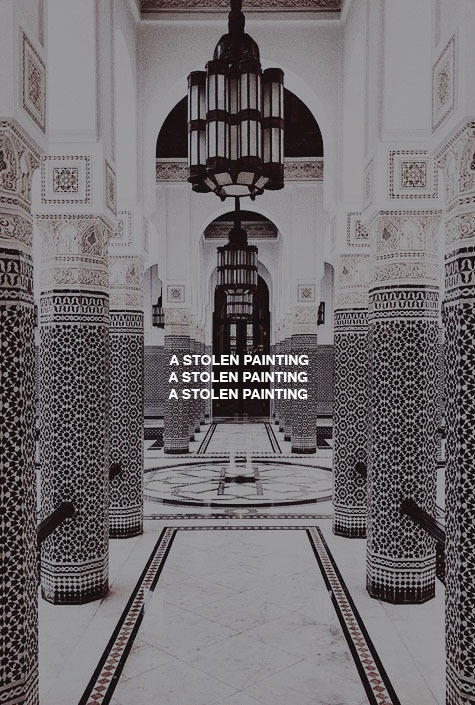
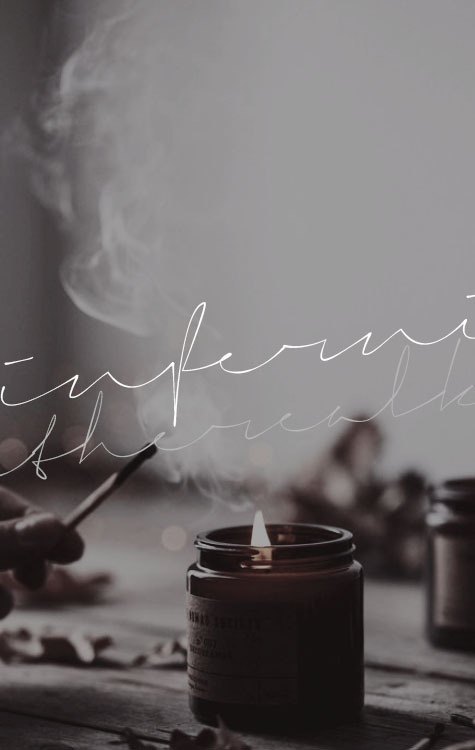
@sixofcrowsnet heist: minor characters
↳ kuwei yul-bo
i do not want to hide. i want to train.
#kuwei yul-bo#kuwei yul bo#sixofcrowsnet#six of crows#soc#crooked kingdom#lbardugo#socedit#my edits#mysocedit#literaturedaily#meghansfamily#theasfamily#erinsfamily#usermargs#userkart#usertrace#bada bing bada boom#i actually rlly like this#hehe#500*#800*#1000*
2K notes
·
View notes
Photo

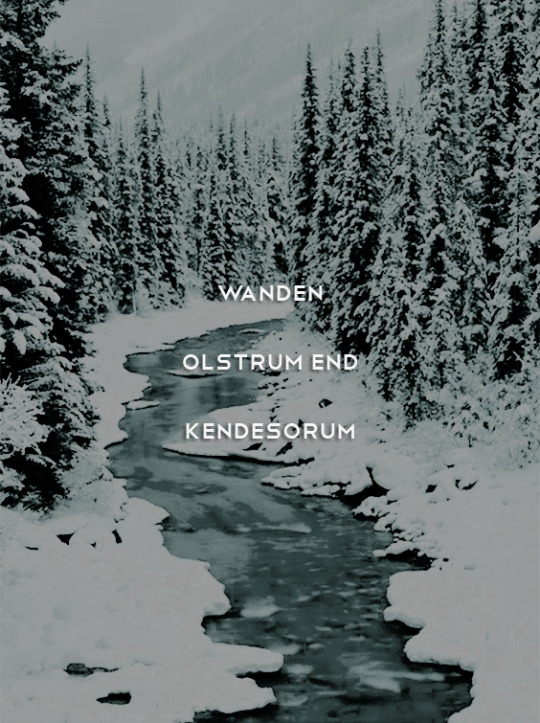
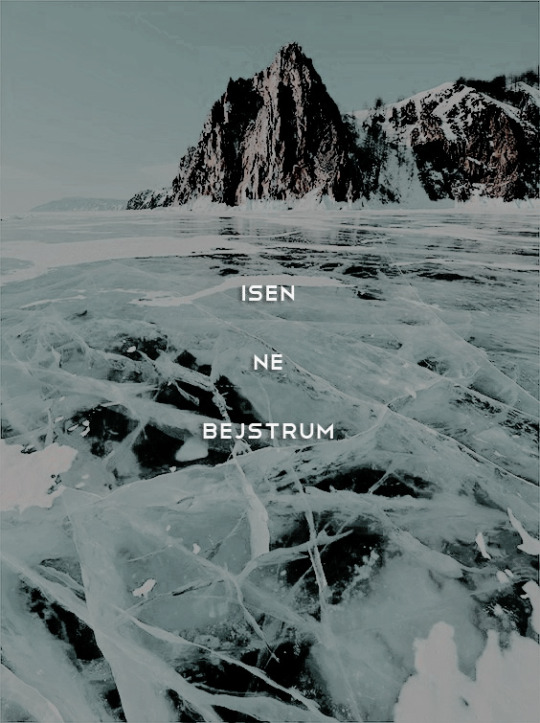

@sixofcrowsnet heist: fjerda
the fjerdans believe all the world is connected through its waters – the seas, the ice, the rivers and streams, the rain and storms.
#sixofcrowsnet#thegrishaversenet#lbardugo#soc#socedit#litedit#literaturedaily#dailylit#six of crows#mine#q
2K notes
·
View notes
Photo


books read in 2018 → simon vs the homo sapiens agenda by becky albertalli
“The way I feel about him is like a heartbeat – soft and persistent, underlying everything.”
#svthsa#svthsaedit#litedit#yalitedit#fandomaestheticnet#literaturedaily#becky albertalli#simon vs the homo sapiens agenda#my edit#books2018#this doesn't show up in any tags with the safe mode on :)#this post is considered sensitive content :)
79 notes
·
View notes
Photo

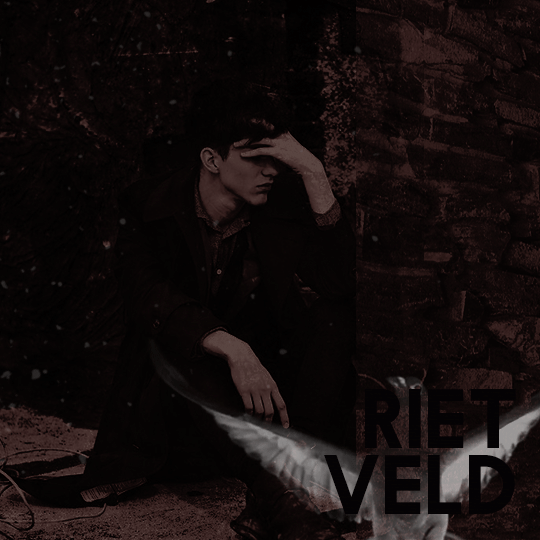
@sixofcrowsnet heist + minor characters J O R D I E R I E T V E L D
“He’d been nine and Jordie thirteen when they’d first arrived in the city, a check from the sale of their father’s farm sewn safely into the inner pocket of Jordie’s old coat. Kaz could see himself as he was then, walking the Stave with dazzled eyes, hand tucked into Jordie’s so he wouldn’t be swept away by the crowd. He hated the boys they’d been, two stupid p i g e o n s waiting to be plucked. But those boys were long gone, and only Pekka Rollins was left to punish.”
#sixofcrowsnet#userdev#lbardugo#sixofcrowsdaily#socedit#literaturedaily#litedit#yalitedit#userrowan#icecourt#usernico#wraithwesninski#mine#soc#*soc
575 notes
·
View notes
Photo




@hogwartsonline | family → the delacour sisters
Gabrielle was Fleur in miniature; eleven years old, with waist-length hair of pure, silvery blonde...she followed her elder sister around, trying to assist in any way she could and jabbering away in rapid French.
#hp#harry potter#fleur delacour#gabrielle delacour#hogwartsonline#hp edit#lit edit#litedit#booksociety#litloversnetwork#literaturedaily#dailylit#fleur#gabrielle#mine#my edit#q
295 notes
·
View notes
Photo






“Whether you come back by page or by the big screen, Hogwarts will always be there to welcome you home.”
#i binged watched all the hp movies in the last week and now i'm a little obsessed again with hp#just a little#i'm also reading chamber of secrets#and i promised an edit by the end of this year so!!!#maybe i'll make another one these days#hp#hpedit#harry potter#harry potter edit#dailypotter#dailylit#dailywizardingworld#wizardingsource#literaturedaily#hogwarts#my edits#the golden trio
845 notes
·
View notes
Photo

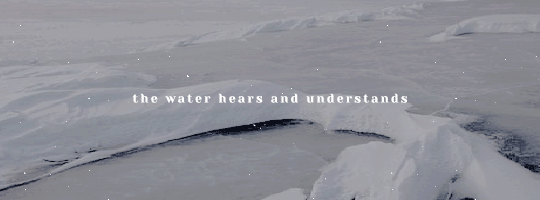
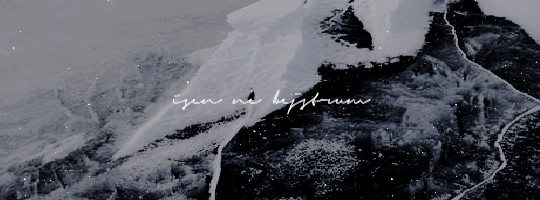
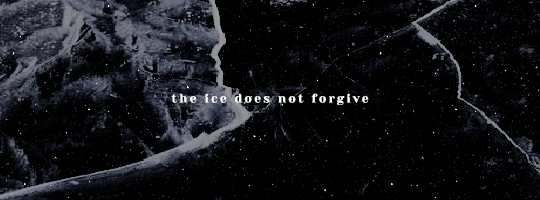
it was the first part of a fjerdan saying. it sounded kind enough, but matthias knew that nina would be familiar with the rest of it.
happy valentines day, jocelyn ( @inejgahfas ) !! ↳ for the secret valentines day event.
#six of crows#socnet#literaturedaily#matthias helvar#litedit#mine*#socedit#myedit#nce*#this is boring im a sry#lbardugo#100#500
611 notes
·
View notes
Photo
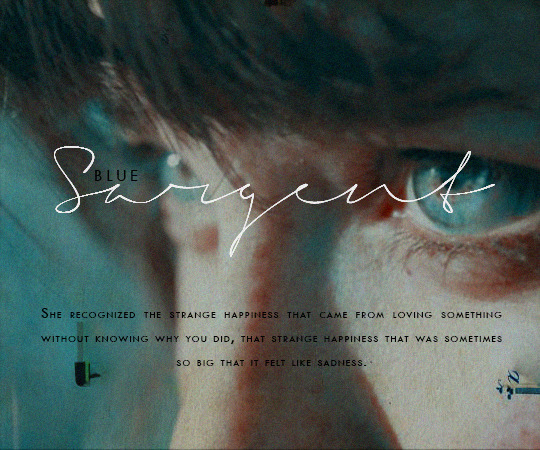

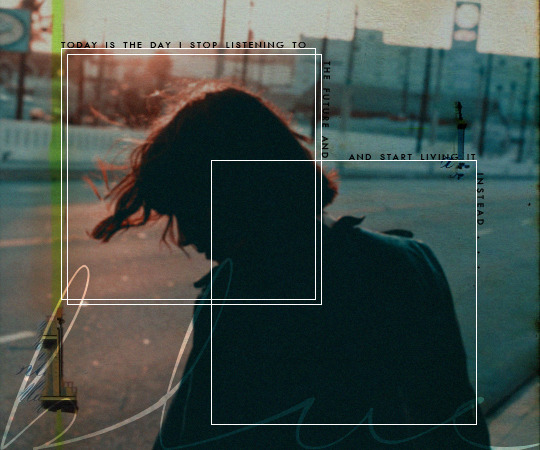
@ravencyclenetwork search » ladies: blue sargent
“She was decidedly uncomfortable with the switchblade. Although she very much liked the idea of it---Blue Sargent, desperado; Blue Sargent, superhero; Blue Sargent, badass---she suspected that the only thing she would cut the first time she opened it was herself.”
#blue sargent#trcedit#literaturedaily#dailylit#dailynovels#henriettanet#i just realized i have never done an edit for blue#how can that be#kjljr#trc#*creations
311 notes
·
View notes
Photo
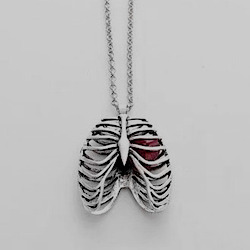








canon aro & ace character appreciation → zilch (asexual) | chameleon moon
#chameleon moon#underratedlitnet#litedit#dailylit#literaturedaily#chameleonmoonedit#*mine#*mine: edit#*mine: moodboard#*mine: aro ace appreciation#they#*zilch#zilch#i'm getting back to this since it's pride month#*mine: chameleon moon#*mine: lit#*mine: all
64 notes
·
View notes
Text
«What special affinities appeared to him to exist between the moon and woman? Her antiquity in preceding and surviving successive tellurian generations: her nocturnal predominance: her satellitic dependence: her luminary reflection: her constancy under all her phases, rising and setting by her appointed times, waxing and waning: the forced invariability of her aspect: her indeterminate response to inaffirmative interrogation: her potency over effluent and refluent waters: her power to enamour, to mortify, to invest with beauty, to render insane, to incite to and aid delinquency: the tranquil inscrutability of her visage: the terribility of her isolated dominant implacable resplendent propinquity: her omens of tempest and of calm: the stimulation of her light, her motion and her presence: the admonition of her craters, her arid seas, her silence: her splendour, when visible: her attraction, when invisible.»
— James Joyce, Ulysses
#james joyce#ulysses#literary quotes#dailynovels#literaturedaily#dailylit#listen guys this book is: so good#the most difficult shit i have ever read#but still so so so worth it#quotes#words
6 notes
·
View notes